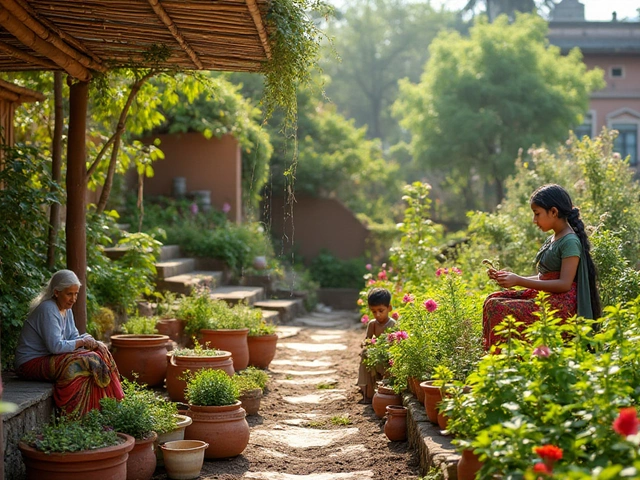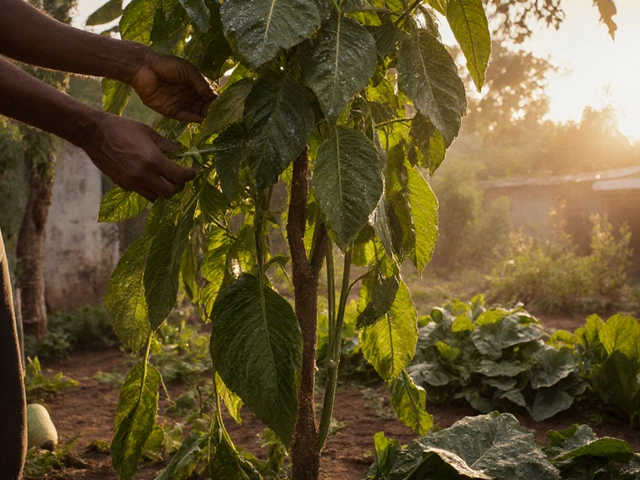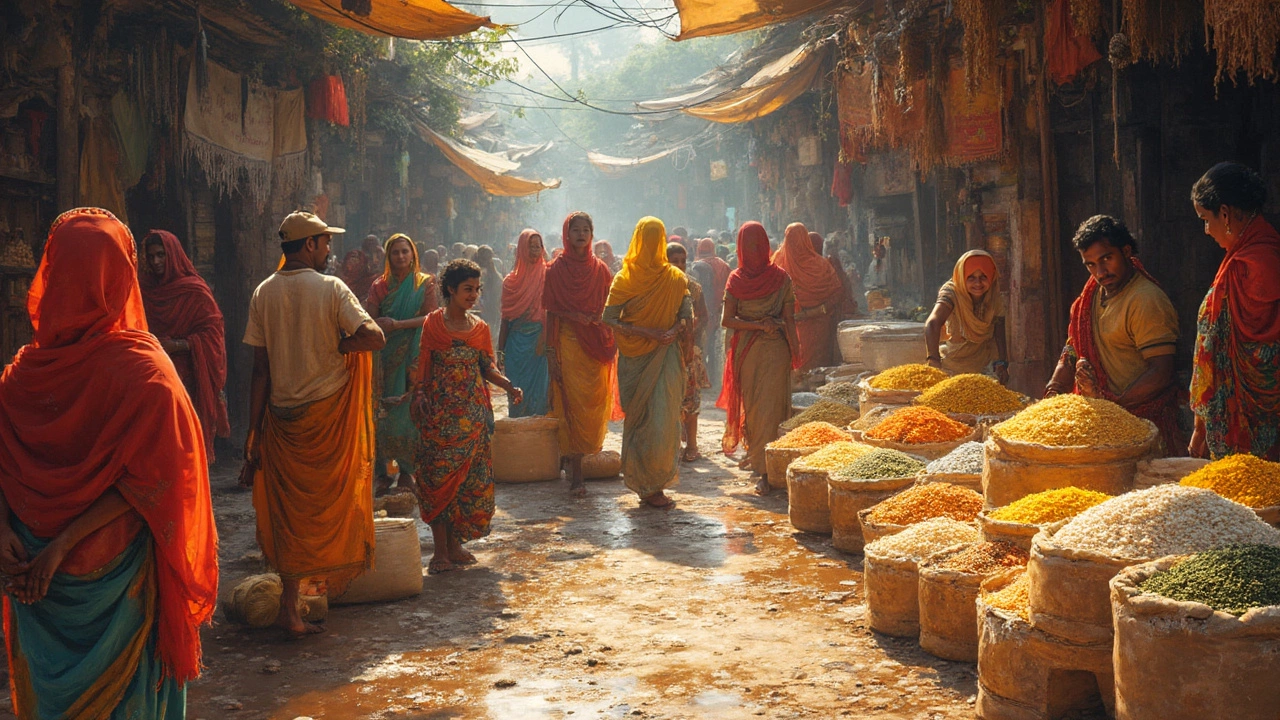Cultural Food: Taste the Stories Behind India’s Classic Dishes
Ever wondered why a plate of biryani feels like a celebration or why a bowl of rasam can lift your mood? That’s the power of cultural food. In India, every recipe carries a piece of history, a local festival, or a family ritual. When you cook or eat these dishes, you’re not just filling your stomach – you’re tasting a story.
First, let’s talk about why regional variety matters. India stretches from the snow‑capped Himalayas down to tropical Kerala. The climate, soil, and local spices shape each state’s pantry. In the north, wheat and dairy dominate, giving us creamy paneer curry and buttery naan. Down south, rice and coconut rule, so you get tangy sambars and sweet payasams. Understanding this link helps you pick dishes that suit your palate and the ingredients you have.
Simple Ways to Bring Cultural Food into Your Kitchen
Start with a single spice blend. A basic garam masala – cinnamon, cloves, cardamom, cumin, and coriander – can turn ordinary veggies into a north‑Indian delight. For a southern twist, try a tempering of mustard seeds, curry leaves, and dried red chilies in hot oil; it adds instant flavor to lentils or rice.
Next, focus on one classic recipe at a time. Pick something you love, gather a few authentic ingredients, and follow a trustworthy guide. For example, a simple dal tadka needs just lentils, turmeric, onions, garlic, and that tempering we mentioned. Cook the dal until soft, then pour the hot spice mix over it. You’ll see how a few minutes of sizzling can change the whole dish.
Don't forget the side dishes. A fresh cucumber raita, a handful of pickled mango, or a quick papadum fry can balance a rich main course. They’re easy to make and add that authentic feel without extra hassle.
Preserving Tradition While Adding Your Own Touch
Every family has a secret tweak – a pinch of sugar in biryani, a splash of lime in sambar, or a handful of fresh herbs in chutney. Feel free to experiment, but keep the core flavors intact. If you love garlic but the original recipe skips it, add a small amount and taste as you go.
Another tip is to use local substitutes wisely. If you can’t find fresh curry leaves, a pinch of dried leaves works, though the flavor will be milder. When a recipe calls for ghee, you can swap in clarified butter or even a mix of butter and oil if you’re on a budget.
Finally, share what you create. Cultural food shines brightest around friends and family. Host a small tasting night, explain the dish’s background, and invite others to try cooking it at home. The conversation about why the dish matters keeps the tradition alive.
In short, cultural food is more than taste – it’s heritage on a plate. By learning a few key spices, mastering one classic recipe, and adding personal touches, you can enjoy India’s rich culinary story every day. So grab a pan, pick a dish, and start tasting the culture today.
Which Ethnicity Consumes the Most Rice Daily?
Rice is a key staple in many cultures, but some ethnicities have a particularly high consumption rate. This article explores which communities rely on rice the most, looking at the factors behind these eating habits. Discover how rice fits into various cultural diets and the reasons behind its overwhelming popularity in certain regions. Learn about the surprising details of global rice consumption and what makes this grain a cornerstone of such diverse diets.
About
Rice Cultivation
Latest Posts


Essential Terrace Protection Techniques for Thriving Gardens
By Alden Thorne Jan 2, 2025

Why Does My Drip Line Keep Clogging?
By Alden Thorne Apr 12, 2025

The Hidden Drawbacks of Rooftop Farming
By Alden Thorne Sep 30, 2025

